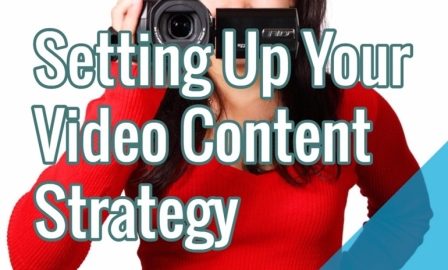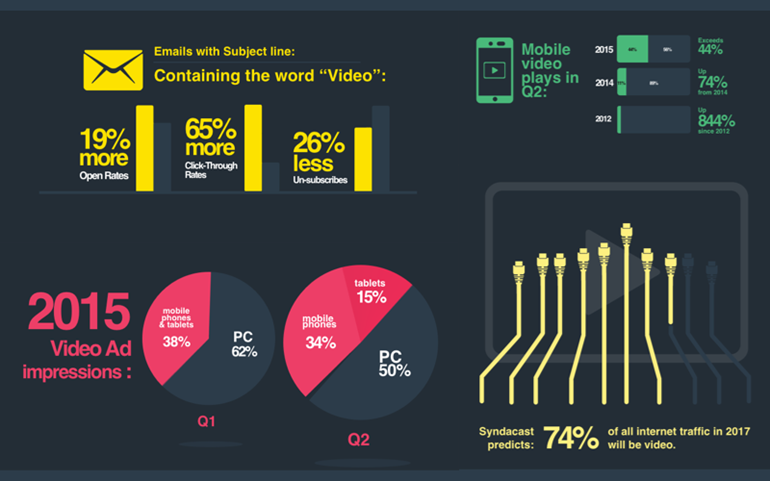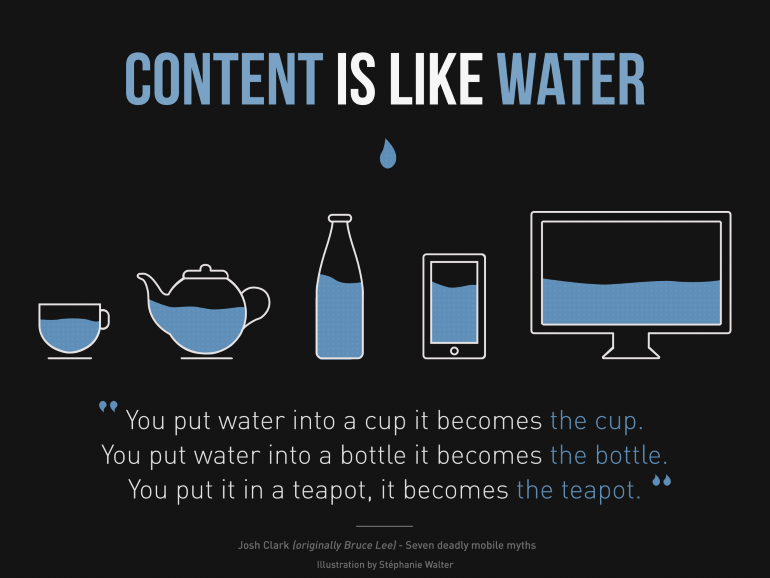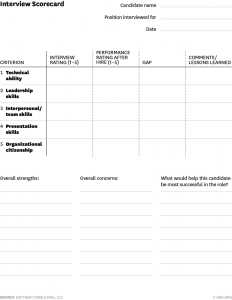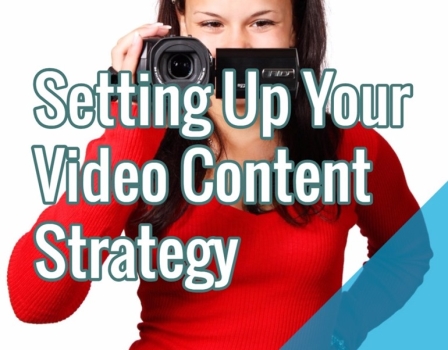
It’s no longer a question of whether users prefer video content to other forms of content, especially on mobile sites. Users enjoy short-form content that is easily digestible more than any other content, regardless of the device they use to access the content. Video makes up a large percentage of Internet traffic, and it has become increasingly critical for brands on the web. With these statistics, it would be foolish not to use video content correctly.
Build A Solid Video Content Strategy
Video advertisements have to live up to today’s user expectations. This may seem like a tall order to fill with the amount of video content users consume daily, but it’s possible with a little bit of research. As the owner of a website, you want to make sure you use your marketing budget effectively. As of now, a good video advertisement can be inexpensive to create and has the power to reach millions – if it goes viral.
Creating a video that will capitalize on the growing video content market involves putting together a plan. You have to ask your company, “What type of message do we want to convey to our viewers?”
Goals for video content can be anything – promoting a new item, increasing brand awareness, driving traffic to your site, announcing a special offer, or introducing viewers to your company.
Your video content strategy should include how you will upload your video. You can choose to use sites such as YouTube, or upload your video straight to your site.
Since the main point of video content is storytelling, make sure you have a solid idea about how your story will look. You can hire actors or have your employees do the video with you. Audiences care about authenticity, so remember to be yourself while coming up with a video idea.
Companies are using videos to generate leads and increase online engagement. With this in mind, come up with a video content strategy the way you would your typical content strategy. Identify your target audience and research what they are interested in seeing the most. The point of video content is to market your brand effectively. No matter what your video content strategy looks like, make sure it points toward this end goal.
What Do Viewers Want To See?
Once you have a basic idea of the type of message you want to convey, you need to structure it in a way that appeals to viewers. Studies show that convenience is the Number 1 benefit of streaming video, and that users want to see videos that are shorter than 10 minutes long. The ability to watch video on the users’ schedule came in first in TV online video and original digital video.
In amateur videos, however, viewers place humorous and entertaining content first. If you’re uncomfortable creating funny content, simply be yourself – users also appreciate a distinctive voice. Personalize the video using clips of yourself, your employees, and customers if possible. Keep it short and sweet. Above all else, viewers want instant gratification, especially on a mobile device.
Capitalize On The Mobile Video Trend
Optimizing your video content for mobile devices is a must. Statistics indicate that global mobile usage is steadily rising, and will reach 4.77 billion in 2017. video
should
fit on
a mobile screen verticallySince most of your consumers are likely to access your video content from a mobile device, it’s imperative that you format the content with this in mind. For example, horizontal video content is no longer the preference, since it looks small on a vertical screen. Now, video should fit on a screen vertically, so viewers don’t have to make an adjustment.
The best practices for mobile video optimization are to make it responsive, make it work across multiple channels, and make it short. Making video responsive involves displaying video via an HTML5 video tag, or using YouTube or Vimeo to post videos to your site. Either way is acceptable, but you’ll commonly have to declare the height and width of your video. Unfortunately, declaring height and width isn’t conducive to a fluid environment.
To prevent your video from being smashed horizontally or blown up on different devices, you can enter your video width as 100% and remove the height restriction. This will make it automatically fit the width of your “container,” or platform, without looking awkward.
Your video will maintain its aspect ratio regardless of the device viewers use. If you post your video via iframe, such as YouTube or Vimeo, however, the 100% width trick won’t work. You have to set a height or else the video will look squat on the screen. One technique is to wrap video in an element with an intrinsic aspect ratio – giving the video a fluid width as well as a respectable height. Your third solution for mobile video optimization is to use a JavaScript solution with HTML5.
Popular Ways To Incorporate Video Content
You can wisely use video content on the web in a variety of ways. You can use it to make your “About” section more personal, introducing yourself, your company, and/or your product. You can also combine video with your blog. “Vlogging” is popular among viewers, because it offers something of value, such as a tutorial or infomercial, as well as entertainment. Most users prefer to see how to do something rather than reading about it, making vlogging a viable option for many websites.
Video is perfect for showing products in use, especially clothing items. If you’re in retail, you can show models spinning around in your items so the viewer gets a 360-degree angle and a better feel for the flow and texture of your products. Viewers are more likely to purchase a product they can view on video.
Using Snapchat to spread your brand is a growing trend. Snapchat collects billions of views daily, making it a major platform right up there with YouTube. A Snapchat campaign is a great opportunity to display a limited-time offer, a pop-up marketing advertisement, or live video. Snapchat reaches a wide audience of mostly Millennials, so it’s ideal for brands with younger target audiences.
Take Your Video Content To The Next Level
If you really want to impress your audience, consider creating a video background for your website. Video backgrounds are a growing trend in web design, stepping away from the static experience and into an immersive one. You can make the most of browser-sized videos by using them as the background for your website, showing users your product in action or telling a subtle story.
Visuals such as animations create a more fulfilling user experience, organically boosting brand awareness and demonstrating your story without the need for text-heavy content. Using video as your site’s background is a great way to immerse your user immediately in an enjoyable fashion. The best examples of videos in web design show viewers a video the moment they click on a website link. This grabs audience attention right from the start, improving site traffic and ultimately increasing conversions.
To ensure your video content’s success, you should consider what time of day and in what circumstances the most people view video material. Ninety percent of viewers watch videos most often at home – while only 49% watch away from home. Tailor your video content for an audience that is at home, relaxed, and most likely in the evening hours. Make your videos easily shareable, so at-home viewers can immediately share your video with friends.
Hand-Picked Related Articles:
- The Ultimate Video Marketing ROI Cheat Sheet Part 1 & Part 2
- What These Goofs With 5 Billion Video Views Can Teach You
- How To Use Snapchat Effectively For Business
* Adapted lead image: Public Domain, pixabay.com via getstencil.com
It’s no longer a question of whether users prefer video content to other forms of content, especially on mobile sites. Users enjoy short-form content that is easily digestible more than any other content, regardless of the device they use to […]
Post from: Search Engine People SEO Blog
Setting Up Your Video Content Strategy
—
Written by Stephen Moyers, SPINX Digital Agency
The post Setting Up Your Video Content Strategy appeared first on Search Engine People Blog.
Search Engine People Blog(58)
